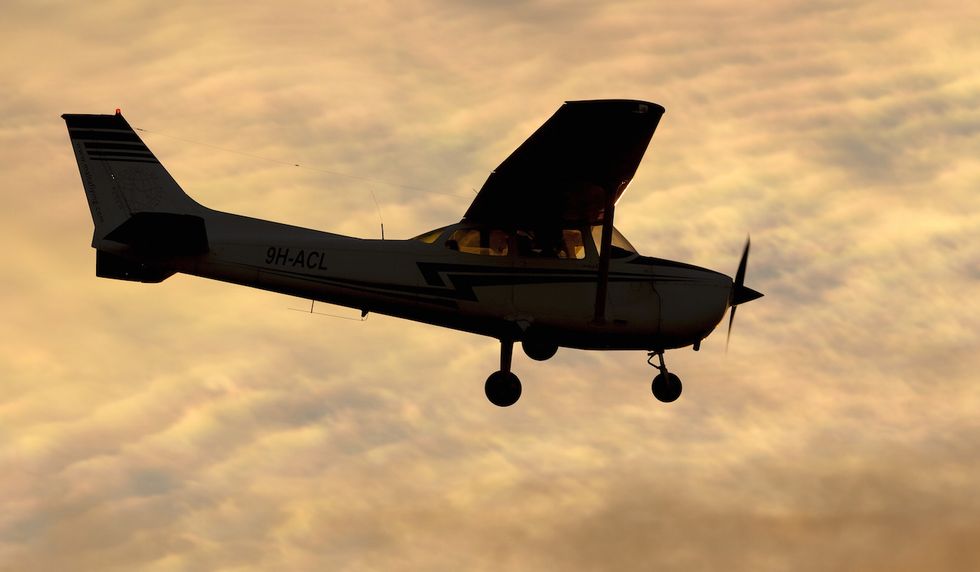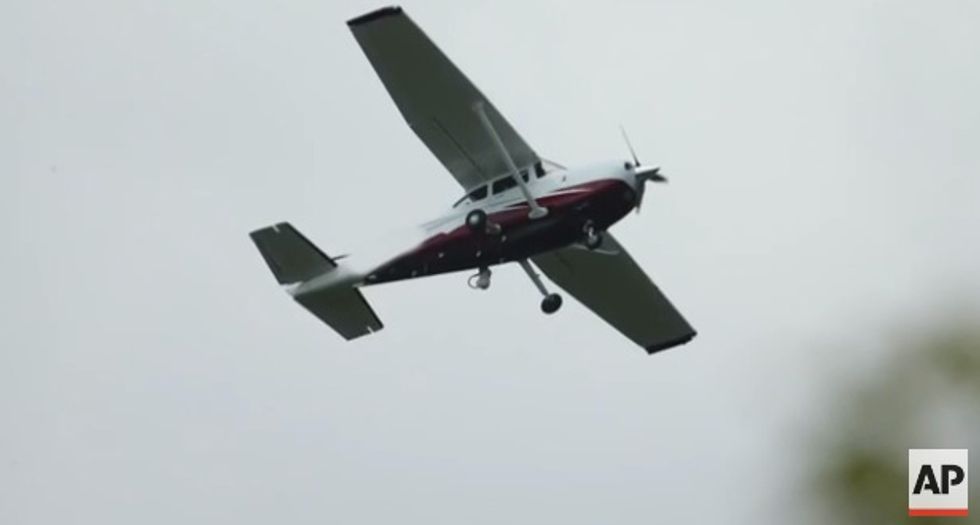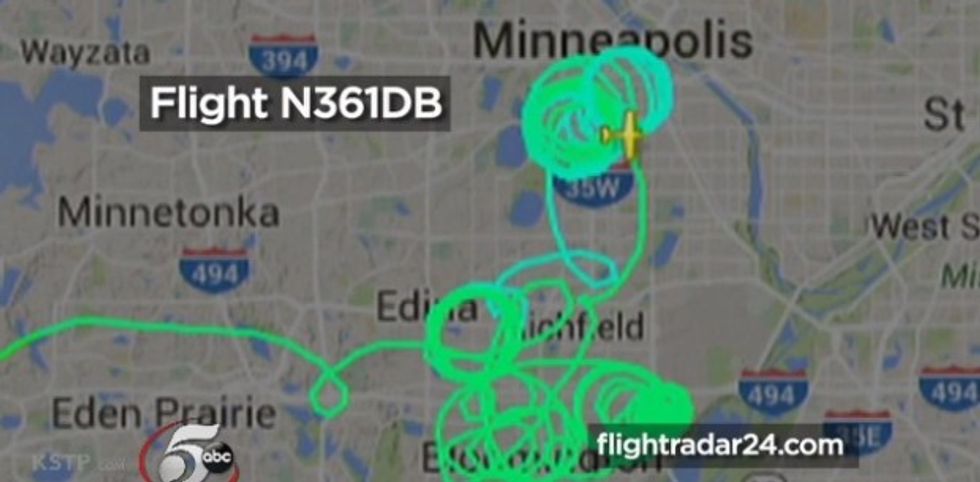
Source: Shutterstock

WASHINGTON (AP) — The FBI assured Congress in an unusual, confidential briefing that its plane surveillance program is a by-the-books operation short on high-definition cameras — with some planes equipped with binoculars — and said only five times in five years has it tracked cellphones from the sky.
The FBI would not openly answer some questions about its planes, which routinely orbit major U.S. cities and rural areas. Although the FBI has described the program as unclassified and not secret, it declined to disclose during an unclassified portion of a Capitol Hill briefing any details about how many planes it flies or how much the program costs. In a 2009 budget document, the FBI said it had 115 planes in its fleet.

The briefing Wednesday to Senate staff was the first effort in recent years — if ever — to impose oversight for the FBI's 30-year aerial surveillance program that gives support to specific, ongoing investigations into counterterrorism, espionage and criminal cases and ground surveillance operations. While it withheld some details, it offered assurances that the planes are not intended to perform mass surveillance or bulk intelligence collection. However, there is still no formal oversight regimen for the program.
The briefing came two weeks after the FBI confirmed to The Associated Press for the first time its wide-scale use of the aircraft, after the AP traced at least 50 planes registered to fake companies back to the FBI. The AP investigation identified more than 100 flights in 11 states over a 30-day period this spring. The planes since June 1 have flown more than two-dozen times over at least seven states, including parts of Texas, Georgia and the Pacific Northwest.
The ubiquity of the flights, combined with few details about the surveillance equipment aboard the planes, raised civil liberties concerns over Americans' privacy.
The AP had reported that, in rare circumstances, the FBI equipped the planes with technology capable of tracking thousands of cellphones using a device known as a "cell-site simulator." These can trick pinpointed cellphones into revealing identification numbers of subscribers, including those not suspected of a crime.
The FBI said that technology has been used on its surveillance aircraft only five times since 2010, according to one Senate staffer present at the briefing. The FBI would not say how often it has used the technology in ground surveillance operations.
Staffers shared details with the AP on condition of anonymity because they were not authorized to speak publicly about them.
The FBI said 85 percent of the aircraft have commercially available infrared still and video cameras. The remaining 15 percent use binoculars for surveillance missions. The FBI said there were only eight high-definition cameras in the fleet, though it would like to have that technology for more of its planes.
The FBI, like the Drug Enforcement Administration, said it hides its aircraft behind fake companies so that it can discreetly conduct surveillance and protect the safety of the pilots. The FBI said most surveillance flights — some 64 percent — are part of national security investigations. It was unclear over what time period those flights took place.
Senate Judiciary Chairman Chuck Grassley, R-Iowa, pressed for answers about the FBI's aerial surveillance program after The Washington Post reported in May that an FBI surveillance plane was used over Baltimore during rioting that erupted following the death of 25-year-old Freddie Gray, who sustained grievous injuries while in police custody. In that instance, the FBI was helping local police with aerial support.
Despite government concerns that publicity about the planes might impede surveillance, the number of flights has remained consistent since the AP first reported on the program, according to an AP review of flight records and radar data. Flights since June 2 have occurred a few times each day over cites across the United States, including San Francisco, Phoenix and Orange County, California. They are generally flown without a warrant, which the FBI says is consistent with the law.

Two senators proposed changing that Wednesday.
Sen. Dean Heller, a Nevada Republican, and Sen. Ron Wyden, an Oregon Democrat who has been outspoken about government surveillance, introduced a bill that would limit what the federal government can record from the skies and require a warrant to conduct surveillance from planes and drones.
"Technology has made it possible to conduct round-the-clock aerial surveillance. The law needs to keep up," Wyden said in a statement. "Clear rules for when and how the federal government can watch Americans from the sky will provide critical certainty for the government, and help the unmanned aircraft industry reach its potential as an economic powerhouse in Oregon and the United States."
The FBI said it does not comment on pending legislation, but maintained that a warrant was not necessary for the type of surveillance being conducted from its planes.
Courts are grappling with balancing constitutional protections against evolving technologies, as laws have not kept pace with technological advancements.
Among other reasons, the surveillance planes were exposed as belonging to the FBI because one of its fake companies shared a post office box with the Justice Department, creating a link between the companies and the FBI through publicly available Federal Aviation Administration records.
The FBI told Senate staffers it was working with the FAA to restore some cover to preserve operational security, but it did not plan to spend the money required to operate under "deep cover."
—
Front page image via Shutterstock.